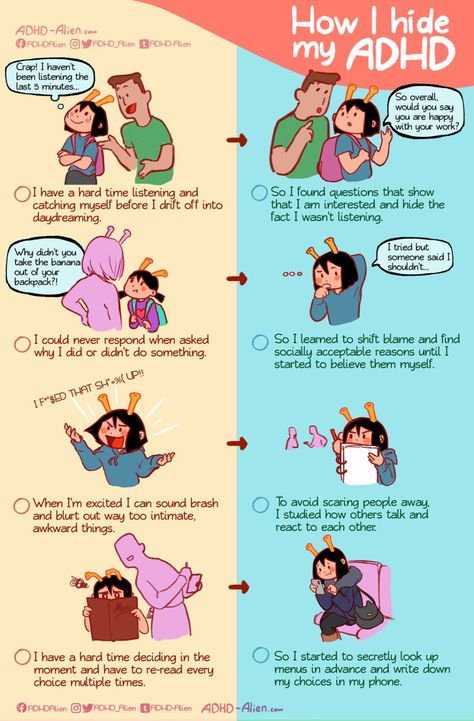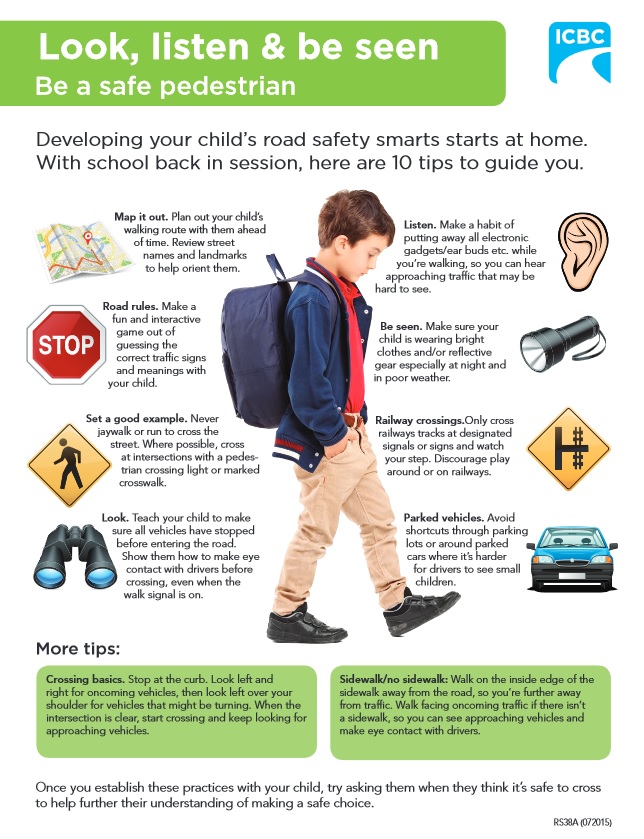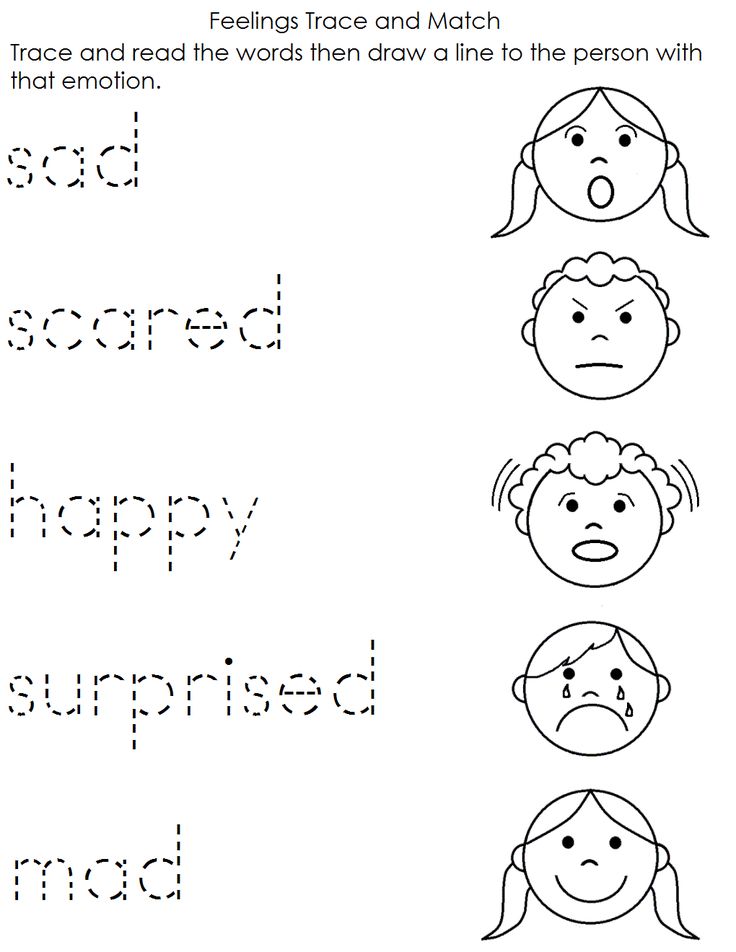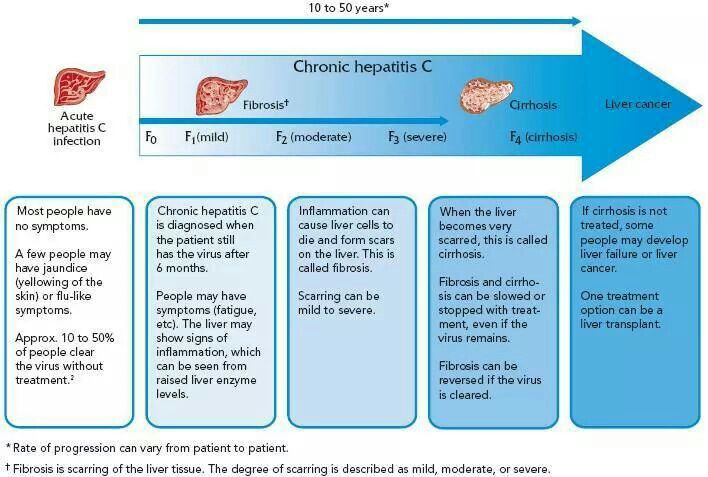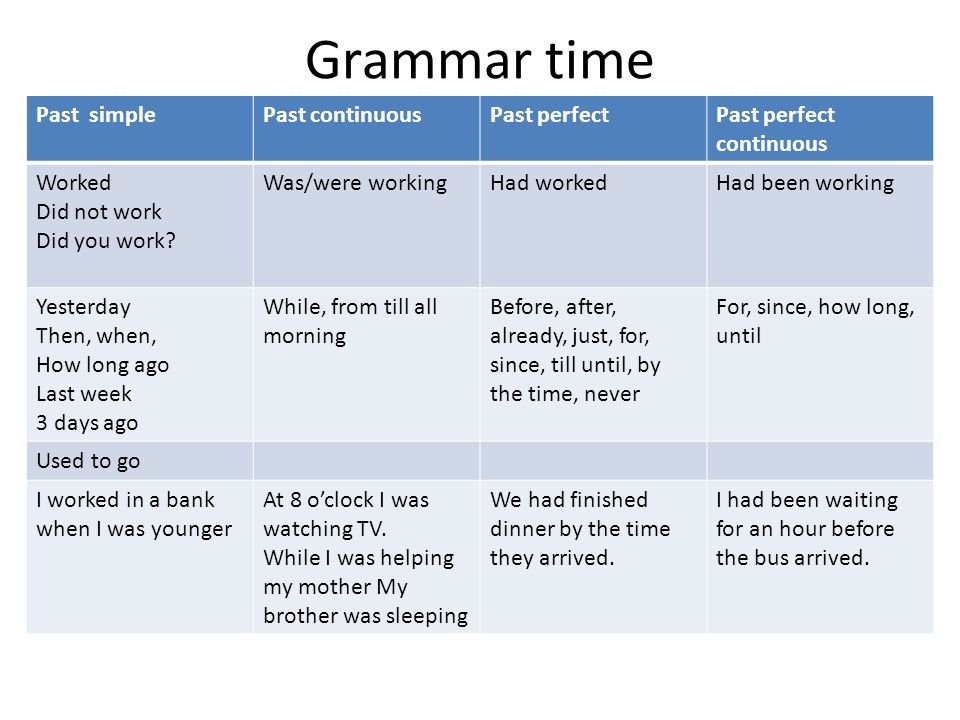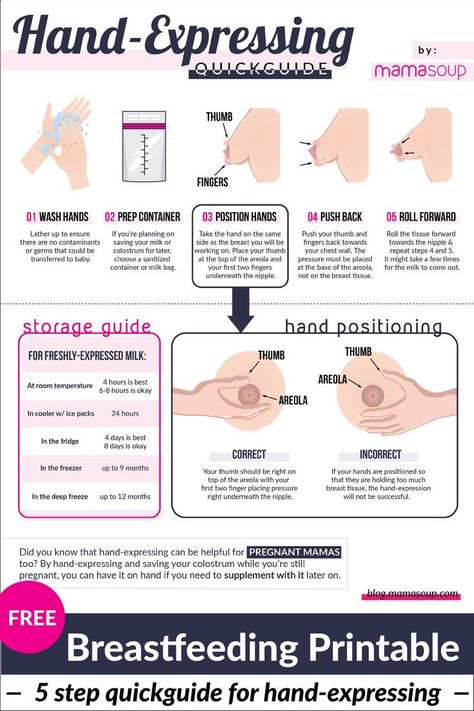How to tell if your child has adhd or aspergers
Asperger's and ADHD: Differences, characteristics, and diagnosis
Asperger’s syndrome and ADHD are two conditions that both involve brain development. They tend to develop early in life and may cause some similar behavior traits.
The medical community, as of 2013, no longer diagnose Asperger’s syndrome as a separate condition. Instead, they place it under the umbrella term of autism spectrum disorder (ASD). People have typically used the term Asperger’s syndrome to refer to mild forms of autism or “high-functioning” autism.
In an article in the Asperger/Autism Network, one doctor writes that, in her experience, some 60–70% of people with Asperger’s syndrome have characteristics doctors also associate with ADHD.
Despite some similarities, ASD and ADHD, the full name of which is attention deficit hyperactivity disorder, are very different conditions with different causes.
In this article, we discuss the differences between ASD and ADHD, their characteristics, and how doctors diagnose them.
Despite the potential to cause some similar behavioral traits, ASD and ADHD are two distinct conditions.
In a nutshell, autistic people have difficulty understanding or responding to social norms and cues. A person may become overly interested in a topic or object. On the other hand, people with ADHD have underlying difficulties with attention, hyperactivity, and may have problems with impulsivity.
ASD and ADHD are both neurodevelopmental disorders, according to the American Psychiatric Association. However, ADHD is not a spectrum disorder like ASD.
ADHD is more common than ASD.
- According to the National Alliance on Mental Illness (NAMI), ADHD affects 9% of children aged 3–17, and 4% of adults.
- According to the Centers for Disease Control and Prevention (CDC), around 1–2% of people across North America, Asia, and Europe have ASD.
Doctors may have difficulty working out whether an autistic child has ADHD or ASD. However, many behavior traits differ between the two conditions.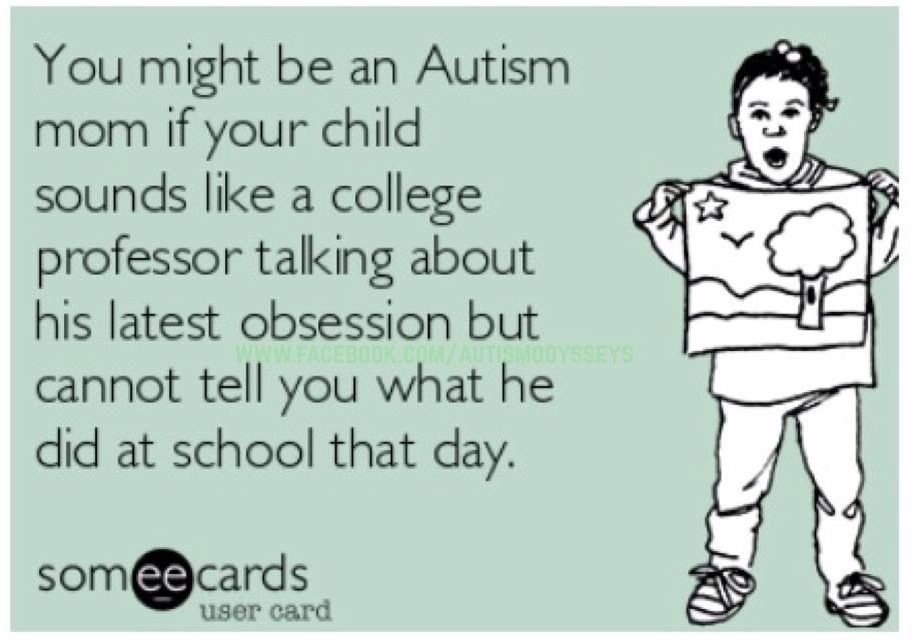
Autistic people and those with ADHD may notice the following characteristics:
- difficulty regulating attention
- trouble following social rules and understanding social cues or norms
- high impulsivity
Behavior traits that occur in ASD but not ADHD include:
- having an intense interest in one topic or object
- different speech or language traits from neurotypical people, such as speech without inflection or trouble controlling volume or pitch
- trouble understanding humor, irony, or sarcasm
- difficulties understanding the give-and-take of conversations or seeming to be engaged with conversations, although some people with ADHD may interrupt others who are talking
- trouble showing empathy
- trouble making eye contact and other nonverbal communication, such as facial expressions or body gestures
- trouble understanding social rules
- developmental delays in motor skills in some cases
Behavior traits that occur in ADHD but not ASD include:
- trouble focusing or paying attention to details
- being easily distracted and forgetful
- trouble following instructions and finishing schoolwork, job duties, or chores
- daydreaming often
- taking physical risks or playing too rough
- being impatient and having trouble sitting still during quiet activities
- understanding but breaking rules or not listening to directions
How pronounced and numerous a person’s difficulties can help distinguish ASD from ADHD.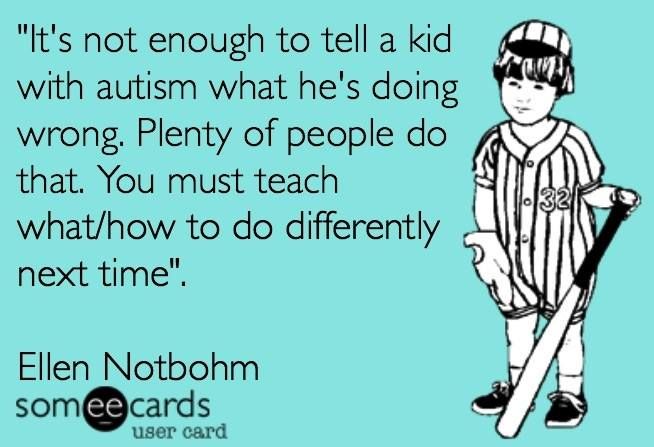 For example, autistic children can find socializing more difficult than children with ADHD due to problems interpreting and responding to social cues and norms.
For example, autistic children can find socializing more difficult than children with ADHD due to problems interpreting and responding to social cues and norms.
Autistic people can have ADHD. According to the CDC, some 14% of autistic children have ADHD.
Every autistic person is different. Some people have mild difficulties with communication and language, while others have more pronounced problems.
Individuals with ASD can have an obsessive interest in a specific object or topic, though not everyone experiences this. They may learn everything they can about an object or topic and have little interest in pursuing or discussing much else.
Autistic people may also have the following traits:
- repetitive rituals or routines
- different speech or language traits from neurotypical people
- different social and emotional responses from neurotypical people
- difficulty interacting with others
- clumsy or uncoordinated motor movements, such as a walk that appears bouncy or tilted
- problems interpreting and responding to non-verbal communication, such as facial gestures or expressions
- increased anxiety or depression
Some people with ADHD experience ongoing patterns of inattention, impulsivity, or hyperactivity, or they may experience all of these behaviors that cause them problems with social or occupational functioning.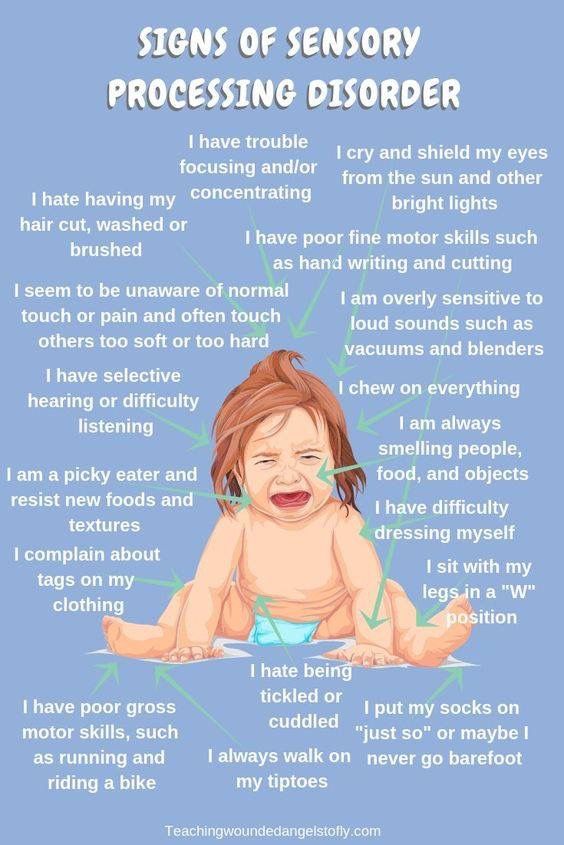
People with ADHD may experience:
- daydreaming often
- forgetfulness, losing things often
- taking unnecessary risks or making careless mistakes
- difficulties with resisting impulses or temptations
- trouble following directions or rules
- fidgeting or touching everything around them
- trouble with quiet tasks or sitting still
- impatience or having a hard time waiting, sharing, or taking turns
Currently, there are no specific scientific tools, such as blood tests, to diagnose ASD or ADHD. Researchers are working on ways to use brain-imaging tools to identify both conditions.
Healthcare professionals specializing in childhood neurodevelopmental conditions will usually diagnose ASD and ADHD. They include:
- pediatricians
- neurologists
- nurse practitioners
- developmental-behavior pediatricians
- child psychiatrists
- child psychologists
- pediatric neuropsychologists
- clinical child psychologists
To diagnose ASD and ADHD, one or more doctors will observe children and take a complete personal and medical history.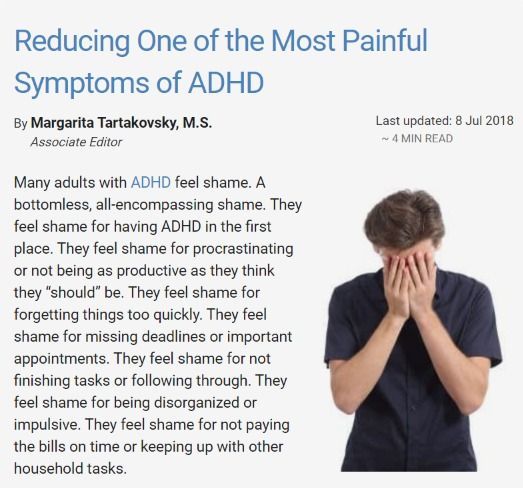
Doctors may do tests to look for difficulties with learning, sensory processing, or motor skills. These include verbal, visual, hearing, and physical tests. These tests can rule out or diagnose other conditions.
Historically, healthcare professionals identified Asperger’s syndrome later than other forms of ASD because children do not experience intellectual or language delays. Signs of this form of autism may not appear until a child enters more challenging social settings, such as school.
As with ASD, doctors usually diagnose ADHD when children enter complex learning environments, such as school. At other times, a diagnosis may not happen until adulthood.
Health experts may base a diagnosis on patterns of inattention, hyperactivity, and impulsivity that last longer than 6 months and occur more frequently than in other children.
Most experts agree that there is no cure for ASD. Many people with ASD do not see autism as something that doctors need to cure or that they need treating.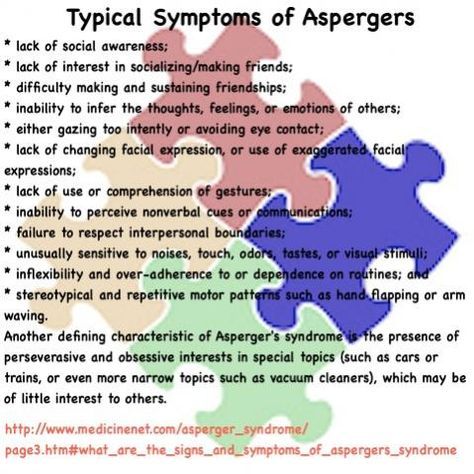 People can, however, improve any health conditions they associate with ASD and take steps to reduce any daily difficulties of ASD.
People can, however, improve any health conditions they associate with ASD and take steps to reduce any daily difficulties of ASD.
In many cases, the sooner people receive a diagnosis of ASD or ADHD, the better their chances are of reducing problems with school, jobs, and interpersonal relationships.
Some people use the following therapies, with varying degrees of success, to manage ASD:
- behavioral analysis
- speech therapy
- social skills training classes
- physical therapy
- occupational therapy
- sensory integration therapy or a sensory diet
- medications to help manage anxiety, depression, and other existing conditions, such as ADHD
- adjusted school routines
Some people use the following therapies to manage ADHD:
- behavioral therapy
- CBT
- educational and organizational coaches
- ADHD medications
- adjusted school routines
ASD and ADHD can cause similar behavior traits.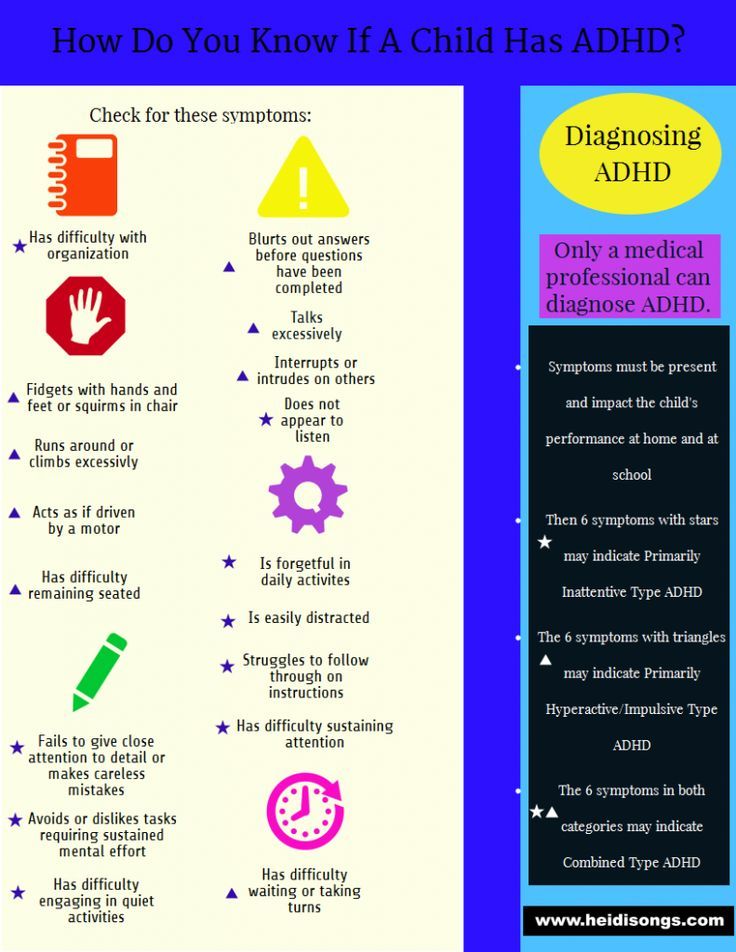 However, they are different conditions with different causes. People may use behavior therapies to help manage any challenges or conditions that health professionals associate with both ASD and ADHD.
However, they are different conditions with different causes. People may use behavior therapies to help manage any challenges or conditions that health professionals associate with both ASD and ADHD.
Asperger's and ADHD: Differences, characteristics, and diagnosis
Asperger’s syndrome and ADHD are two conditions that both involve brain development. They tend to develop early in life and may cause some similar behavior traits.
The medical community, as of 2013, no longer diagnose Asperger’s syndrome as a separate condition. Instead, they place it under the umbrella term of autism spectrum disorder (ASD). People have typically used the term Asperger’s syndrome to refer to mild forms of autism or “high-functioning” autism.
In an article in the Asperger/Autism Network, one doctor writes that, in her experience, some 60–70% of people with Asperger’s syndrome have characteristics doctors also associate with ADHD.
Despite some similarities, ASD and ADHD, the full name of which is attention deficit hyperactivity disorder, are very different conditions with different causes.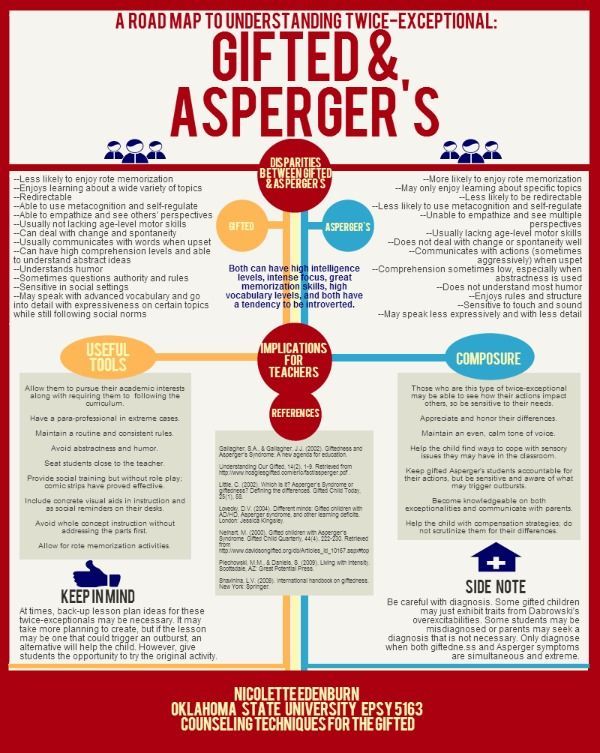
In this article, we discuss the differences between ASD and ADHD, their characteristics, and how doctors diagnose them.
Despite the potential to cause some similar behavioral traits, ASD and ADHD are two distinct conditions.
In a nutshell, autistic people have difficulty understanding or responding to social norms and cues. A person may become overly interested in a topic or object. On the other hand, people with ADHD have underlying difficulties with attention, hyperactivity, and may have problems with impulsivity.
ASD and ADHD are both neurodevelopmental disorders, according to the American Psychiatric Association. However, ADHD is not a spectrum disorder like ASD.
ADHD is more common than ASD.
- According to the National Alliance on Mental Illness (NAMI), ADHD affects 9% of children aged 3–17, and 4% of adults.
- According to the Centers for Disease Control and Prevention (CDC), around 1–2% of people across North America, Asia, and Europe have ASD.

Doctors may have difficulty working out whether an autistic child has ADHD or ASD. However, many behavior traits differ between the two conditions.
Autistic people and those with ADHD may notice the following characteristics:
- difficulty regulating attention
- trouble following social rules and understanding social cues or norms
- high impulsivity
Behavior traits that occur in ASD but not ADHD include:
- having an intense interest in one topic or object
- different speech or language traits from neurotypical people, such as speech without inflection or trouble controlling volume or pitch
- trouble understanding humor, irony, or sarcasm
- difficulties understanding the give-and-take of conversations or seeming to be engaged with conversations, although some people with ADHD may interrupt others who are talking
- trouble showing empathy
- trouble making eye contact and other nonverbal communication, such as facial expressions or body gestures
- trouble understanding social rules
- developmental delays in motor skills in some cases
Behavior traits that occur in ADHD but not ASD include:
- trouble focusing or paying attention to details
- being easily distracted and forgetful
- trouble following instructions and finishing schoolwork, job duties, or chores
- daydreaming often
- taking physical risks or playing too rough
- being impatient and having trouble sitting still during quiet activities
- understanding but breaking rules or not listening to directions
How pronounced and numerous a person’s difficulties can help distinguish ASD from ADHD.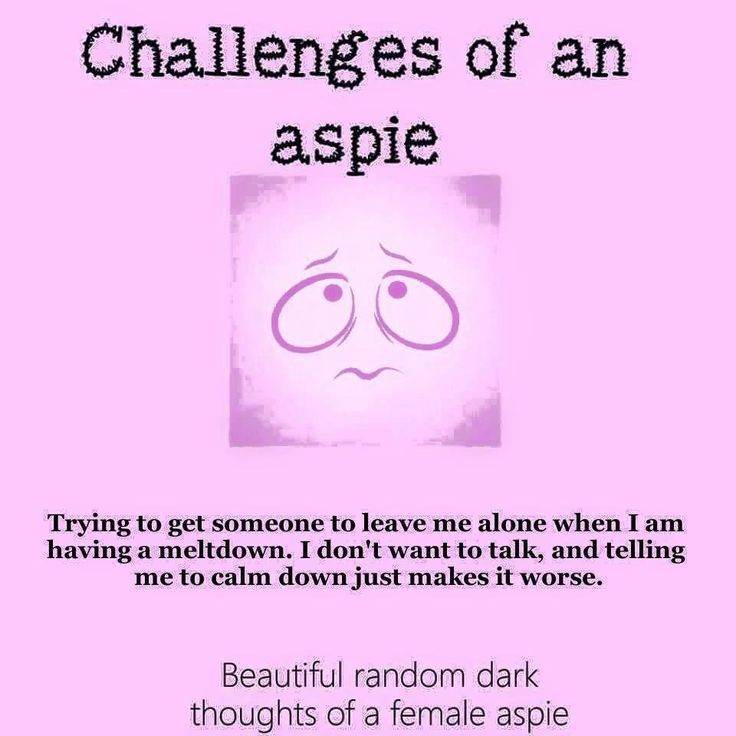 For example, autistic children can find socializing more difficult than children with ADHD due to problems interpreting and responding to social cues and norms.
For example, autistic children can find socializing more difficult than children with ADHD due to problems interpreting and responding to social cues and norms.
Autistic people can have ADHD. According to the CDC, some 14% of autistic children have ADHD.
Every autistic person is different. Some people have mild difficulties with communication and language, while others have more pronounced problems.
Individuals with ASD can have an obsessive interest in a specific object or topic, though not everyone experiences this. They may learn everything they can about an object or topic and have little interest in pursuing or discussing much else.
Autistic people may also have the following traits:
- repetitive rituals or routines
- different speech or language traits from neurotypical people
- different social and emotional responses from neurotypical people
- difficulty interacting with others
- clumsy or uncoordinated motor movements, such as a walk that appears bouncy or tilted
- problems interpreting and responding to non-verbal communication, such as facial gestures or expressions
- increased anxiety or depression
Some people with ADHD experience ongoing patterns of inattention, impulsivity, or hyperactivity, or they may experience all of these behaviors that cause them problems with social or occupational functioning.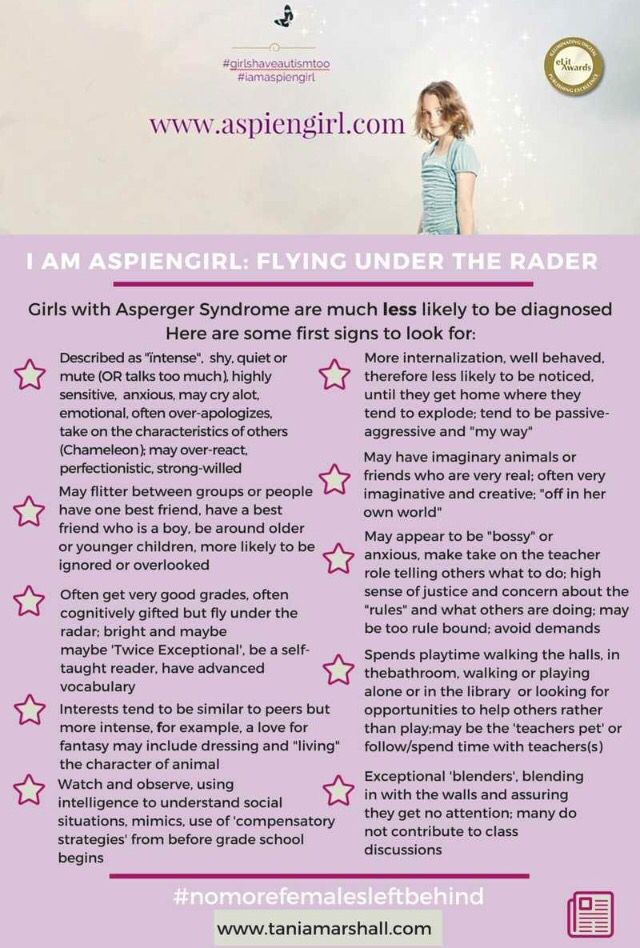
People with ADHD may experience:
- daydreaming often
- forgetfulness, losing things often
- taking unnecessary risks or making careless mistakes
- difficulties with resisting impulses or temptations
- trouble following directions or rules
- fidgeting or touching everything around them
- trouble with quiet tasks or sitting still
- impatience or having a hard time waiting, sharing, or taking turns
Currently, there are no specific scientific tools, such as blood tests, to diagnose ASD or ADHD. Researchers are working on ways to use brain-imaging tools to identify both conditions.
Healthcare professionals specializing in childhood neurodevelopmental conditions will usually diagnose ASD and ADHD. They include:
- pediatricians
- neurologists
- nurse practitioners
- developmental-behavior pediatricians
- child psychiatrists
- child psychologists
- pediatric neuropsychologists
- clinical child psychologists
To diagnose ASD and ADHD, one or more doctors will observe children and take a complete personal and medical history.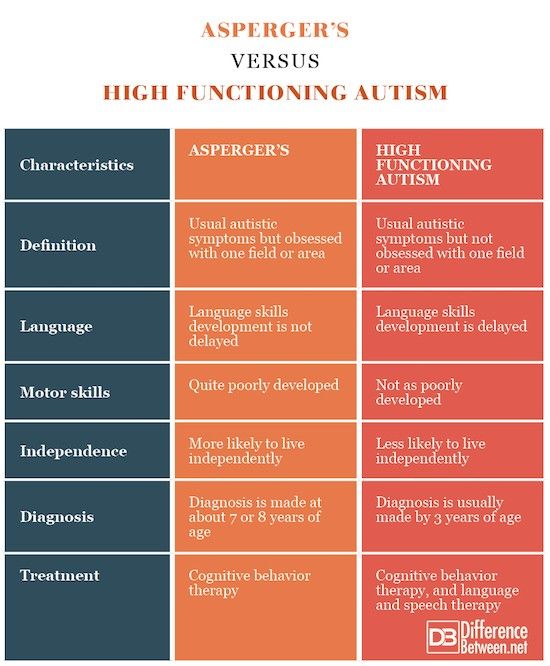
Doctors may do tests to look for difficulties with learning, sensory processing, or motor skills. These include verbal, visual, hearing, and physical tests. These tests can rule out or diagnose other conditions.
Historically, healthcare professionals identified Asperger’s syndrome later than other forms of ASD because children do not experience intellectual or language delays. Signs of this form of autism may not appear until a child enters more challenging social settings, such as school.
As with ASD, doctors usually diagnose ADHD when children enter complex learning environments, such as school. At other times, a diagnosis may not happen until adulthood.
Health experts may base a diagnosis on patterns of inattention, hyperactivity, and impulsivity that last longer than 6 months and occur more frequently than in other children.
Most experts agree that there is no cure for ASD. Many people with ASD do not see autism as something that doctors need to cure or that they need treating.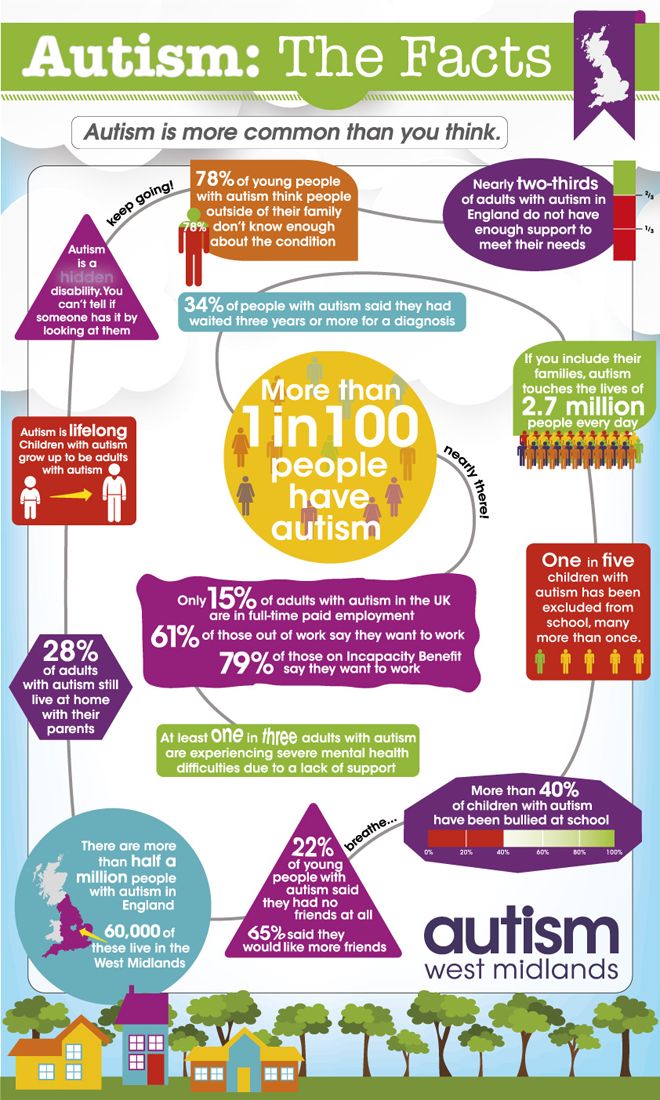 People can, however, improve any health conditions they associate with ASD and take steps to reduce any daily difficulties of ASD.
People can, however, improve any health conditions they associate with ASD and take steps to reduce any daily difficulties of ASD.
In many cases, the sooner people receive a diagnosis of ASD or ADHD, the better their chances are of reducing problems with school, jobs, and interpersonal relationships.
Some people use the following therapies, with varying degrees of success, to manage ASD:
- behavioral analysis
- speech therapy
- social skills training classes
- physical therapy
- occupational therapy
- sensory integration therapy or a sensory diet
- medications to help manage anxiety, depression, and other existing conditions, such as ADHD
- adjusted school routines
Some people use the following therapies to manage ADHD:
- behavioral therapy
- CBT
- educational and organizational coaches
- ADHD medications
- adjusted school routines
ASD and ADHD can cause similar behavior traits.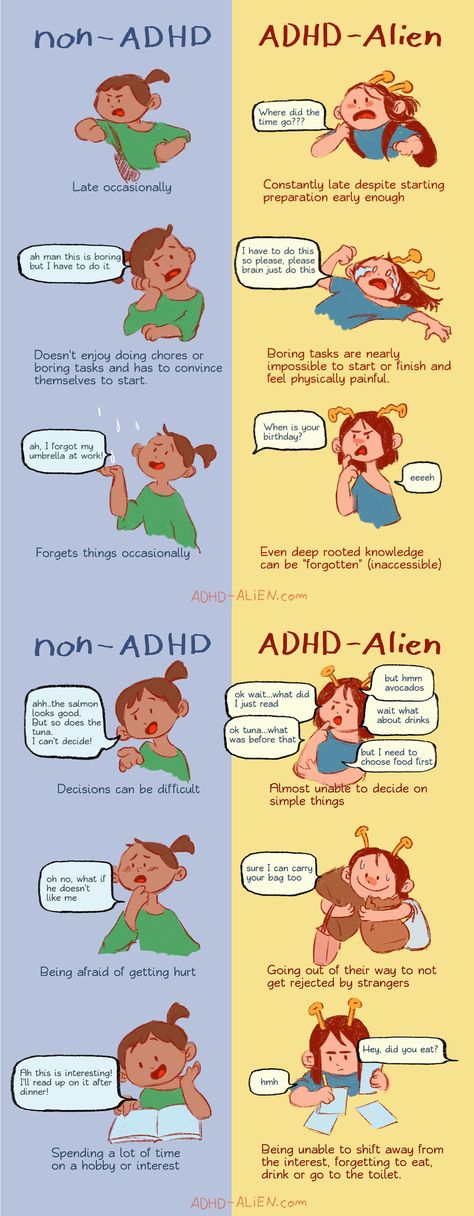 However, they are different conditions with different causes. People may use behavior therapies to help manage any challenges or conditions that health professionals associate with both ASD and ADHD.
However, they are different conditions with different causes. People may use behavior therapies to help manage any challenges or conditions that health professionals associate with both ASD and ADHD.
guide for parents in the intricacies of diagnoses
Delays in social skills. Difficulties with communication. repetitive behavior. What's Behind It All: ADHD? Autism? Both? When symptoms overlap, parents need a better understanding of each diagnosis in order to provide effective treatment.
What is autism?
Autism is a complex neurological disorder that affects boys four times more often than girls. Autism Spectrum Disorders (ASDs) are often referred to by physicians as Pervasive Developmental Disorders (PDDs).
PDD is a group of disorders that includes: autism (including atypical autism), Asperger's syndrome, Rett's syndrome and other non-specific developmental disorders. The disorders are characterized by problems in communicating with other people, the need for strict adherence to certain routine procedures and fixation on the repetition of certain actions and words/sounds.
Some pediatricians understand these disorders well enough to diagnose PDD, but most need specialist support, especially if the child has already been diagnosed with ADHD.
ADHD or autism?
ADHD and autism are neurological disorders that affect similar brain functions. These are different disorders, but they share the same symptoms - the child is difficult to settle in, socially awkward, able to focus only on things that interest him, and impulsive - and both of these disorders are inherited.
As a rule, many parents cannot distinguish between autism and ADHD. When a child has trouble sitting still during homework, school, or meals, when they constantly fidget or talk too much and too insistently, most parents and teachers think: “This child must have ADHD!”.
Most doctors will usually diagnose attention deficit disorder right away. The disorder is widely known, has been around for a long time, and there are effective strategies to treat it.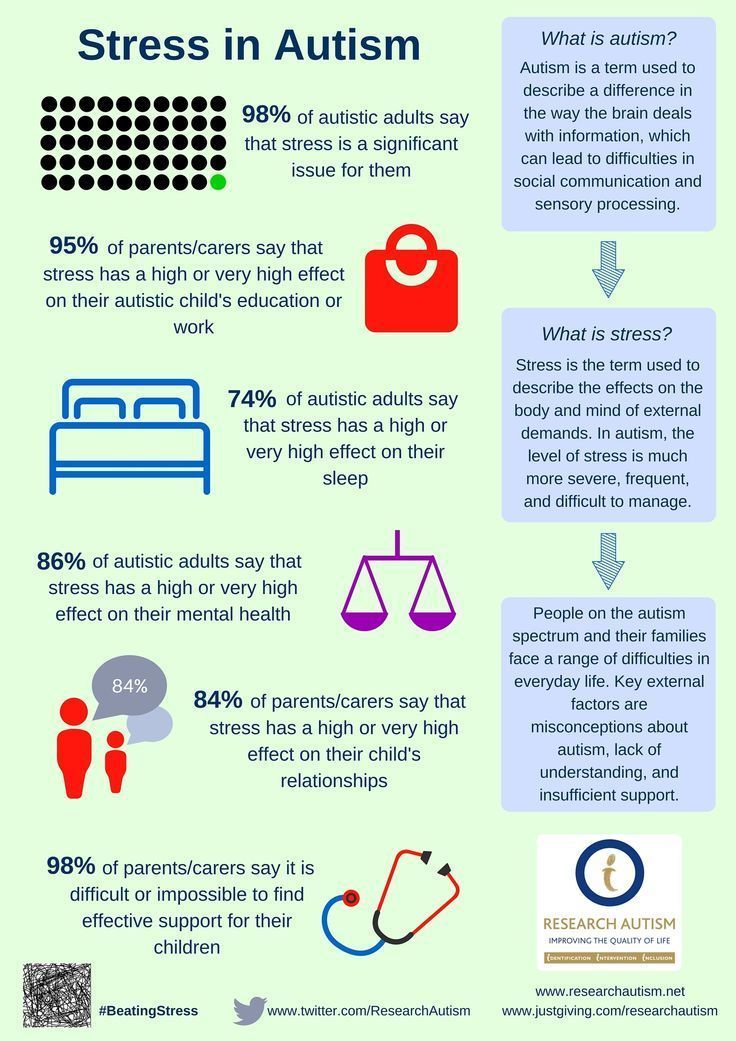 However, it is important to remember that almost any psychological or developmental disorder in children can look like ADHD, whether the child is hyperactive or not. Children under stress due to learning problems, anxiety, depression, or sensory integration issues may show the same symptoms.
However, it is important to remember that almost any psychological or developmental disorder in children can look like ADHD, whether the child is hyperactive or not. Children under stress due to learning problems, anxiety, depression, or sensory integration issues may show the same symptoms.
An expert assessment is required to establish a correct diagnosis.
The diagnosis of ASD requires evaluation by a child psychiatrist or neuropsychiatrist.
Because autism cannot be diagnosed through medical testing, diagnosis occurs through interviews, observation, and peer assessment. Even when a professional gives his opinion, he often evades the answer by saying, "Well, the child is fidgety and this is a fairly typical behavior that somewhat confirms the diagnosis of pervasive developmental disorder." This kind of conversation is frustrating for parents and the child, but sometimes it's inevitable. A follow-up assessment at the next check-up often clears things up, but sometimes a child doesn't need a diagnosis until they get the help they need.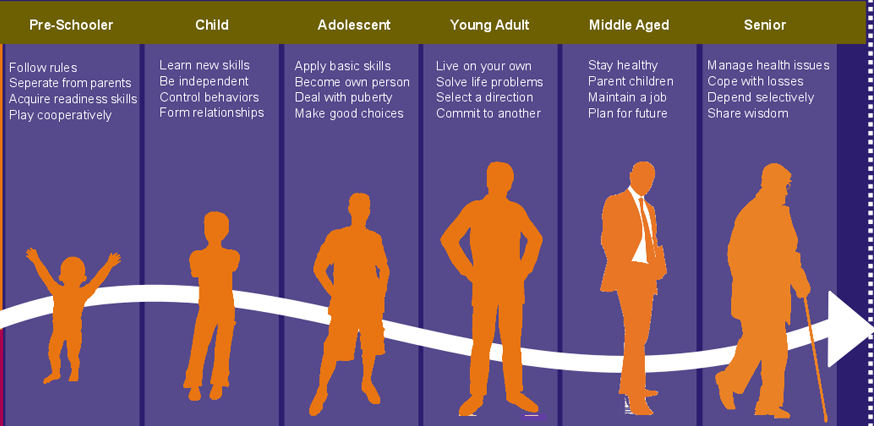
Treating ADHD can help with autism symptoms. Typically, a child who has been diagnosed with ASD is not additionally diagnosed with ADHD. This, however, does not mean that children with ASD do not benefit from interventions that help children with ADHD.
Most parents and pediatricians choose to start with non-drug therapy to manage symptoms that interfere with social and academic success and lead to hectic home life. The mainstay of ASD treatment is behavioral therapy, which encourages desired behaviors and discourages unwanted ones. It can be helpful to create lists, rules, and schedules to help discipline children with ASD. Marking completed tasks on a list can give autistic children a sense of accomplishment.
Physical exercise has a positive effect on attention-deficit children and children with ASD, who seem to have boundless energy. Channeling excess energy into physical activities such as swimming or karate that do not require much interaction with other children allows them to burn it off without the pressure of socializing.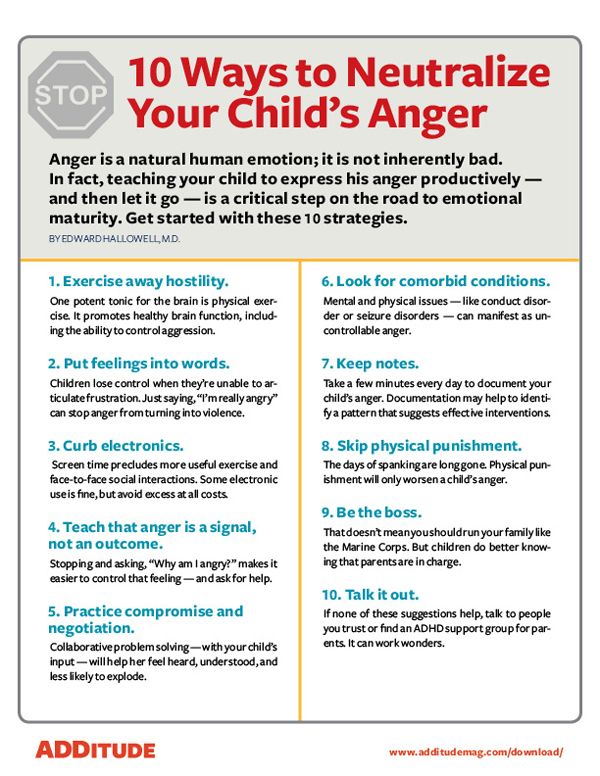
If behavioral and educational interventions are not enough, medications can help. Most pediatricians and virtually all child psychiatrists consider themselves competent enough to prescribe stimulants for ADHD. But they are less commonly prescribed to autistic children because children with ASD have unpredictable reactions to stimulants (the most common class of medications used for children with ADHD).
A class of drugs called atypical antipsychotics are often effective treatments for restlessness, repetitive behavior and sleep disturbances in children with autism. These include aripiprazole (Abilify), quetiapine fumarate (Seroquel), and risperidone (Risperdal, the only one of the three approved by the FDA for the treatment of behavioral disorders associated with with autism). A good response to an atypical antipsychotic may eliminate the need for a stimulant.
Every child with autism needs the support of a speech pathologist and a neurologist or child psychiatrist with expertise in the autism spectrum.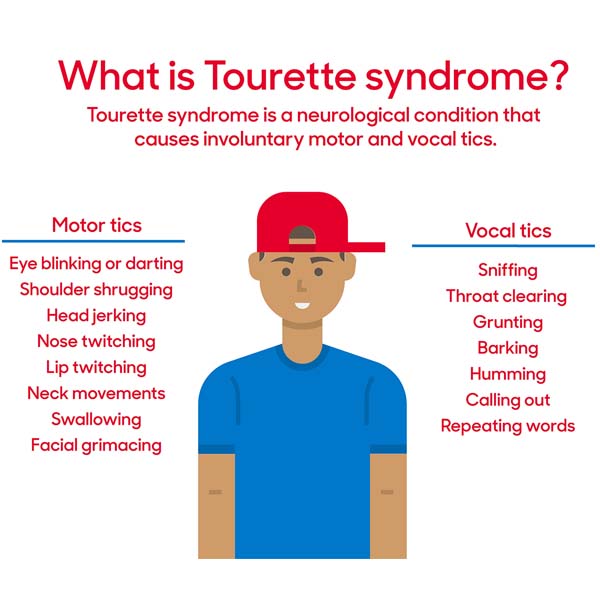 Having a professional who understands what it's like to live with an active autistic child (are there any others?) is also a big help for parents.
Having a professional who understands what it's like to live with an active autistic child (are there any others?) is also a big help for parents.
Source
Autism: (RDA) or Kanner's Syndrome, Asperger's Syndrome, Causes, Diagnosis and Treatment
People who have never experienced autism find it difficult to understand what it is and how it manifests itself, they often do not attach much importance to the characteristics of the child until the moment when they begin to compare their child with peers on the playground.
Submit an application for diagnosis and treatment
I confirm that I accept the terms of consent to the processing of personal data.
But for parents who already have one or more healthy children, it will not be difficult to detect violations in the behavior and development of one of the kids. What is autism? How to recognize the first signs of the disease? What are the reasons for the development of pathology? Can autism be cured?
What is autism?
It is impossible to give a universal and reliably accurate definition of autism.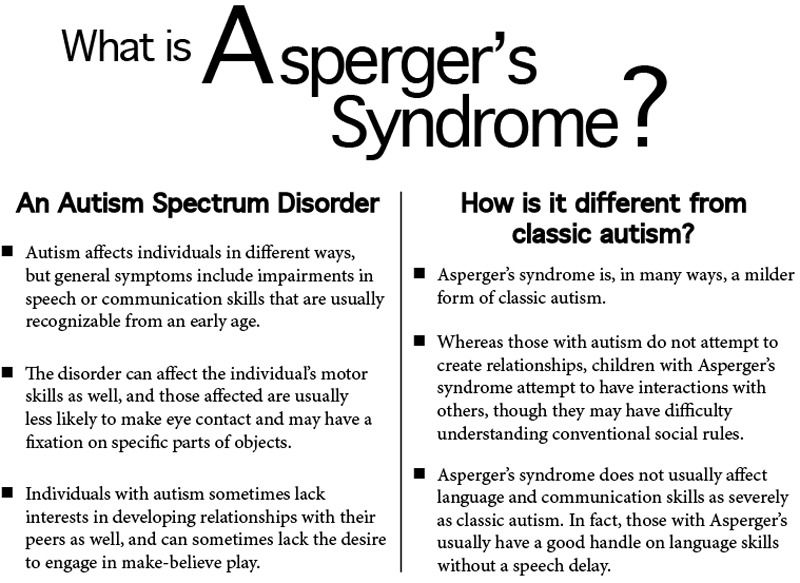 This is due to the fact that there are no true and unanimous reasons for the development of autism among medical researchers. According to a generalized definition, autism is a condition characterized by a violation of neurological development, cognitive functions, affecting thinking, perception, social and communication skills, attention and behavior of a person as a whole. But don't panic if your child has been diagnosed with autism. This condition can occur not only in severe form, with a mild form of autism spectrum disorder, a person can practically not differ from others, and sometimes have the highest and even brilliant intellectual abilities, such as, for example, in a rare form of autism - savant syndrome. Among the prominent people with signs of autism, it is worth noting Albert Einstein, Charles Darwin, Michelangelo, Vincent van Gogh, Sir Isaac Newton, Donna Williams, Daryl Hannah, Bill Gates and many others. Autism is 3-4 times more common among boys than among girls. This diagnosis appeared relatively recently in medicine.
This is due to the fact that there are no true and unanimous reasons for the development of autism among medical researchers. According to a generalized definition, autism is a condition characterized by a violation of neurological development, cognitive functions, affecting thinking, perception, social and communication skills, attention and behavior of a person as a whole. But don't panic if your child has been diagnosed with autism. This condition can occur not only in severe form, with a mild form of autism spectrum disorder, a person can practically not differ from others, and sometimes have the highest and even brilliant intellectual abilities, such as, for example, in a rare form of autism - savant syndrome. Among the prominent people with signs of autism, it is worth noting Albert Einstein, Charles Darwin, Michelangelo, Vincent van Gogh, Sir Isaac Newton, Donna Williams, Daryl Hannah, Bill Gates and many others. Autism is 3-4 times more common among boys than among girls. This diagnosis appeared relatively recently in medicine.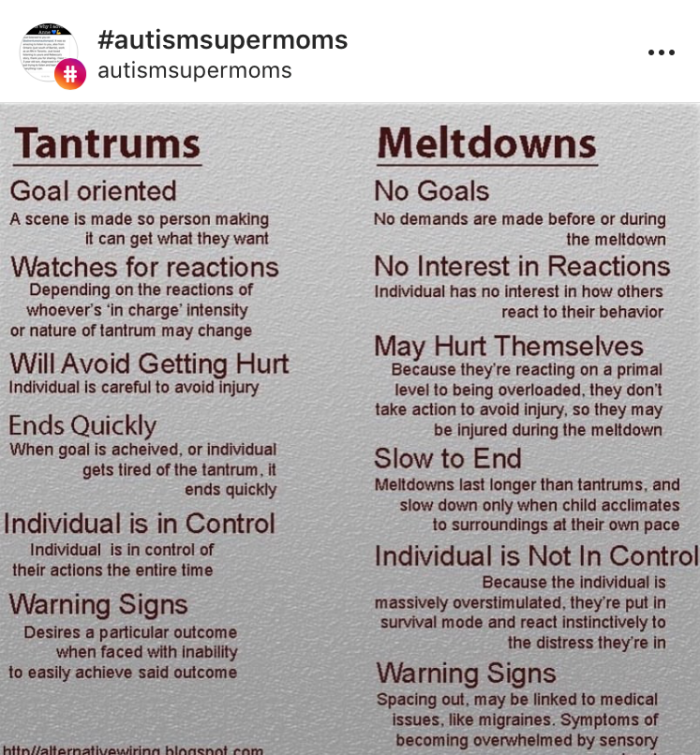
A History of Autism Research
The term autismos (translated from Greek autos – self) was first used by the Swiss scientist Eugen Bleuler in 1911 to refer to one of the diagnostic criteria for schizophrenia. The syndrome of early childhood autism was first described in 1943 by the American child psychiatrist Leo Kanner, and in 1944 independently by the Austrian pediatrician and psychiatrist Hans Asperger under the name "autistic psychopathy". The described type of disorder was later called Asperger's syndrome, which was quite close to the variant of the syndrome described by Kanner, but differed in that the cognitive and linguistic abilities of the child were generally preserved.
All the above-mentioned scientists in their works described the characteristic features that were observed among the observed patients: isolation, self-isolation, detachment from reality and immersion in the world of inner experiences.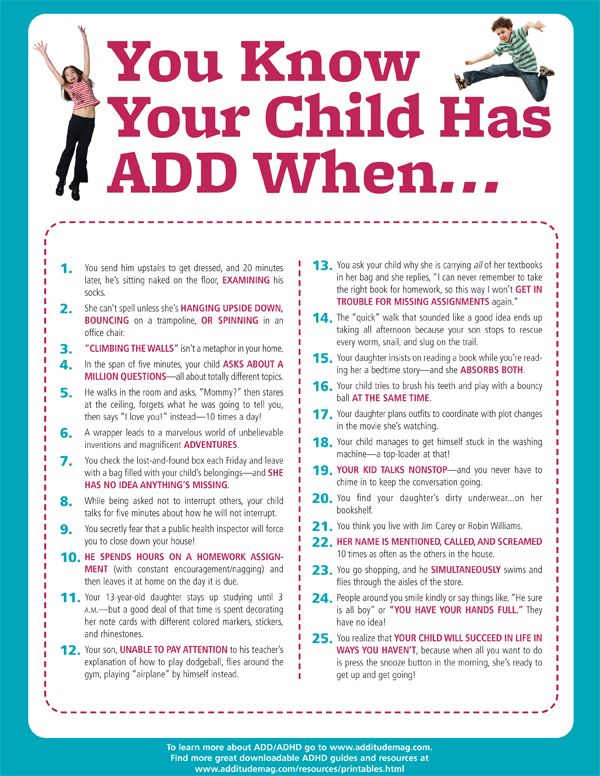 Today in medicine they talk not so much about autism as about autism spectrum disorders (ASD), which include Asperger's, Rett's, Kanner's syndromes, high-functioning autism and others, according to ICD-10.
Today in medicine they talk not so much about autism as about autism spectrum disorders (ASD), which include Asperger's, Rett's, Kanner's syndromes, high-functioning autism and others, according to ICD-10.
Types of autistic disorders
Types of autistic disorders and severity are distinguished depending on how a person is socially adapted, what is his manner of behavior and ability to function independently as a full-fledged member of society. There are about twenty types of autism. Symptoms of autism spectrum disorders are divided into two main groups:
- Social communication
- Lack of interest in communication and social interaction
- Inability to speak and understand others
- Repeated actions, limited classes and interests
- The same type, repeated movements
- strict observance of peculiar rituals, order and sequence of actions 902 02 Autistic people suffer from gastrointestinal disorders, regardless of the type of ASD.
- Emotional coldness
- Inability to control your emotions (attacks of sudden aggression)
- The desire for loneliness
- indifference to loved ones
- Lack of visual contact (does not look into the eyes)
- Immersion in the world communication with others
- Fear of novelty
- Feels the need for a kind of rituals and shows a violent negative reaction to any changes (in the daily routine, rearranging furniture, changing the time of walks, meals, etc.
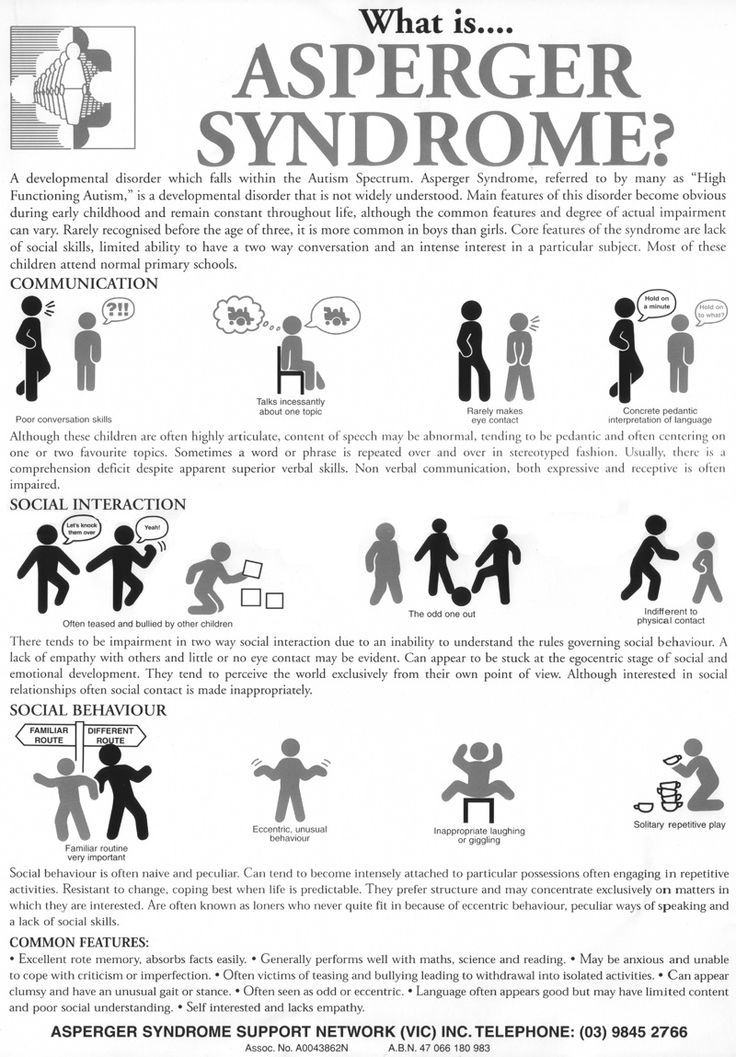 )
) - Attachment to one or part of a toy
- No gesticulation when talking
- Child does not respond to his name
- Does not ask for help
- Impaired psychoverbal development other similar movements.
- Approximately 30% of children have epileptic seizures
- Sleep and gastrointestinal disorders
- Low mental development (mental retardation)
- Intermittent eye contact. The child tries not to look into the eyes of others or, on the contrary, his gaze is too close.
- Unusual manner of communication. Peculiar intonation, unemotional, monotonous, robotic speech, weak or inappropriate gestures, weak facial expressions, involuntary sounds, laughter.
- A narrow and peculiar range of interests.
- Non-standard perception, understanding of oneself and others.
- Poorly developed empathy, the baby is practically unable to sympathize, empathize, understand the feelings of other people, does not feel attachment to loved ones, but is attached to the house.
- Clumsiness, angular motor skills.
- Often the child takes everything that is said literally, not understanding metaphors and humor.
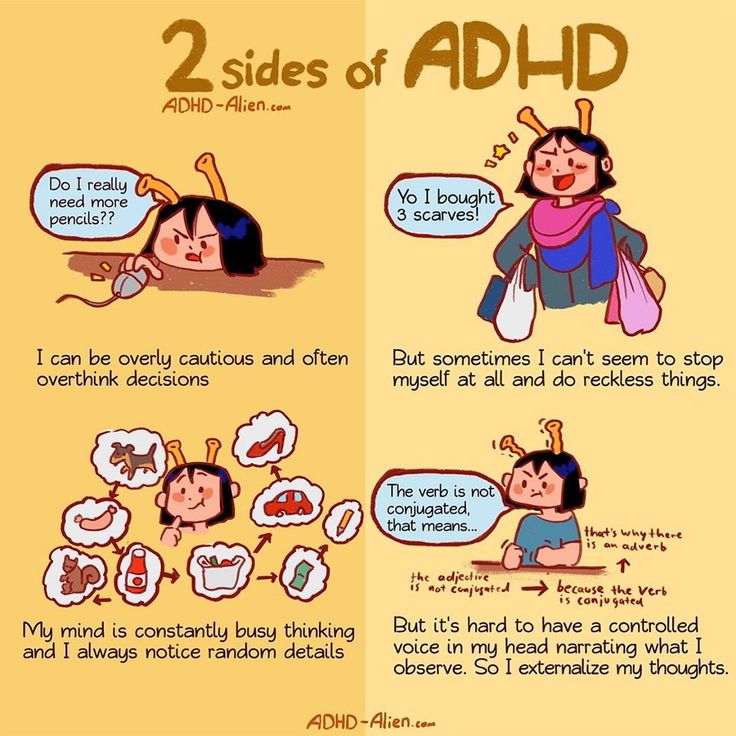
- May experience specific fears.
- The child has difficulty separating the main and secondary information, is attentive to details.
- Impulsivity, lack of internal logic of behavior.
- Often prefers to play alone, no team spirit, no close friends. He does not understand how to behave in society.
- Unusual manner of speech (monotone, no intonation).
- Weak facial expressions, scarcity of gestures.
- Doesn't understand humor and hidden meaning, takes everything literally.
- The autist does not consider it necessary to look into the eyes of the interlocutor; if remarked, he may look too intently.
- May appear rude and ill-mannered due to lack of intuition (during a conversation, he may turn away from the interlocutor and go about his own business, invite you to dinner and not come, etc.). He can talk about something for a long time and monotonously, not noticing that he offended or tires the interlocutors, or suddenly turn around and leave if he doesn’t like something.

- Tends to focus on an unusual hobby, passion or person. Having lost interest in the subject of close attention, he instantly cools down to it and switches to something else.
- May experience specific fears.
- They are often unable to understand why a person is sad or upset, they cannot empathize, sympathize, thinking about it alone. At a meeting, he does not ask how you are doing, and does not tell anything about himself.
- The steadfastness of established views and decisions, it is almost impossible to convince such a person by any arguments.
- Lack of flexibility. Even the slightest changes in the schedule, plans can unbalance an autistic person, impromptu can cause severe psychological stress.
- For a person with Asperger's Syndrome, it is critically important to adhere to established rules, structure of actions and habitual routine, the work process must be structured and highly organized. Violation of the routine unsettles him, causes panic and affective reactions.
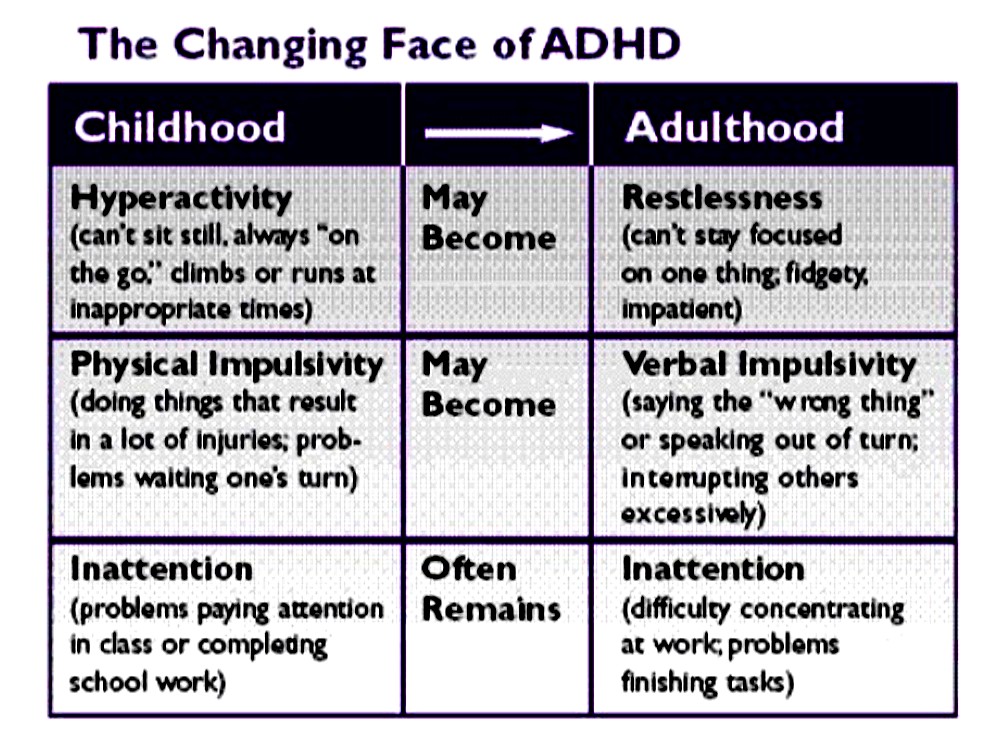
- Increased tactile sensitivity. Such people avoid hugs, pats, touches. An exception can only be his partner in a relationship. There may also be hypersensitivity to loud sounds, bright lights, clothing tags, etc.
- Disproportionate development of the body (head and limbs are much smaller than the body).
- Violation of speech development. By the age of two, the baby can completely forget how to speak.
- Child cannot bend knees while walking.
- The spine is twisted, frequent seizures.
- Growth slowed down.
- The child's breathing is shallow and frequent, cases of sudden cessation of breathing are not uncommon.
- Stereotypical movements.
- Loss of interest in games.
- Sleep disturbance, anxiety.
- Genetic predisposition
- Heredity
- Brain disorders
- Conceiving a child at a late age
- Severe depression
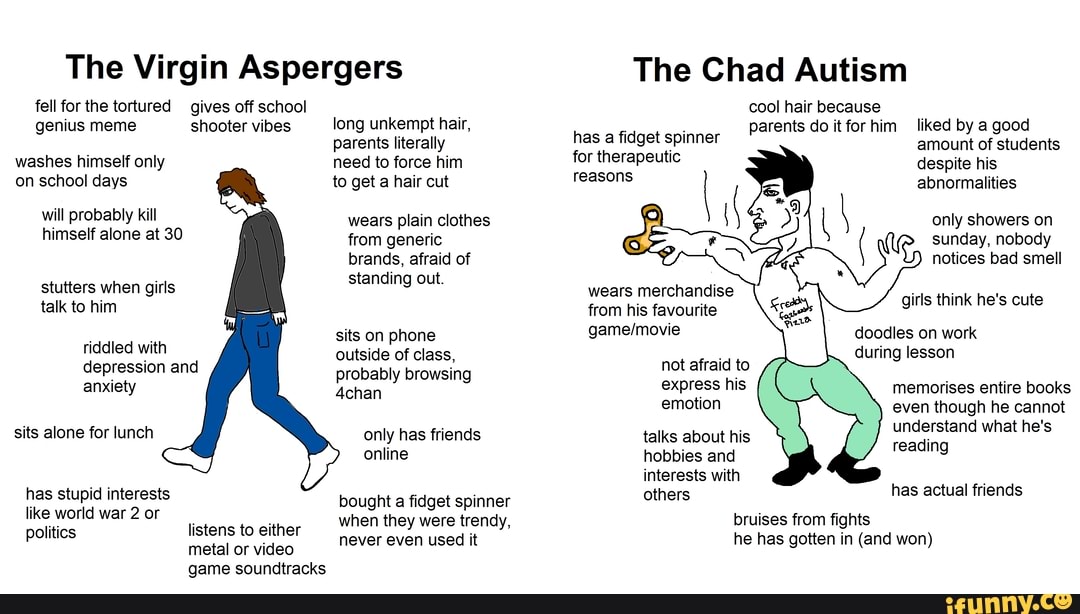
Early childhood autism syndrome (ARD) or Kanner syndrome
Autism may be a secondary symptom of schizophrenia, but if the diagnosis excludes the schizophrenic symptom complex, then it may be an autism spectrum disorder and is a syndrome of infantile early autism. Symptoms of this disease appear, as a rule, at the age of up to three years and accompany a person throughout life. RDA is characterized by a violation of the general development, emotional sphere, social interaction, speech development, etc., and after three years, signs of mental disorders can be observed. Symptoms of early childhood autism:
Asperger's syndrome
This disease is quite difficult to diagnose and sometimes the diagnosis can be significantly extended in time. This is due to the fact that sometimes it is not easy for doctors to implement a differential diagnosis, since it may be difficult to distinguish between the syndrome and other pathologies, for example, delayed psychoverbal development or attention deficit hyperactivity disorder. Mental development in this condition is within the normal range or even higher. Since Asperger's syndrome has absolutely no external signs, some experts attribute the symptoms of this condition to the "features" of the individual or age, thus alienating parents and the baby from the timely provision of qualified assistance. There are times when people learn about their diagnosis already in adulthood. That is why choosing a good specialist with many years of experience is so important. Symptoms of Asperger Syndrome in Children:
There are times when people learn about their diagnosis already in adulthood. That is why choosing a good specialist with many years of experience is so important. Symptoms of Asperger Syndrome in Children:
Symptoms of Asperger's Syndrome in adults:
Rett syndrome
The peculiarity of this pathology is that only girls suffer from it. This is due to the fact that the cause of the development of the disease is a genetic mutation of the X chromosome, which can be inherited. Women, unlike men, have two of these chromosomes, with Rett syndrome, one of the X chromosomes is defective, and the second is completely normal, which allows the female fetus to survive until birth. Male fetuses with an X chromosome deformity do not survive to birth, dying in the womb. There are practically no signs of the disease at birth, but parents should pay attention to such factors as muscle flaccidity, congenital hypotension, sweating of the limbs and pale skin. The main symptoms of Rett syndrome appear after six months of the child.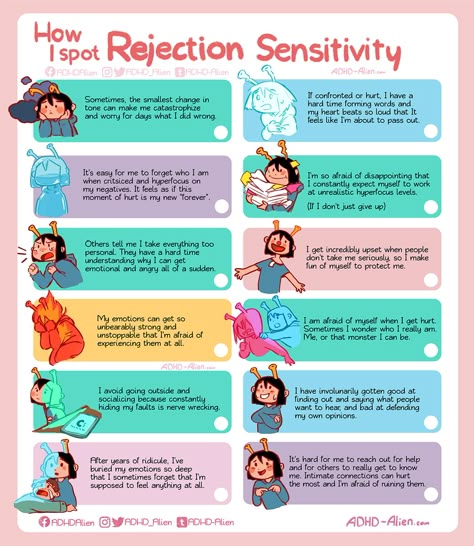 Rett Syndrome Symptoms:
Rett Syndrome Symptoms:
Reasons for the development of autism
Reliable reasons for the development of autism have not been established to date, since this disease is a complex disorder of the nervous system. Among the most common causes are the following:
Can vaccination cause autism?
Quite often, parents refuse vaccination, arguing that the risk of developing autism in a child increases as a result of vaccination.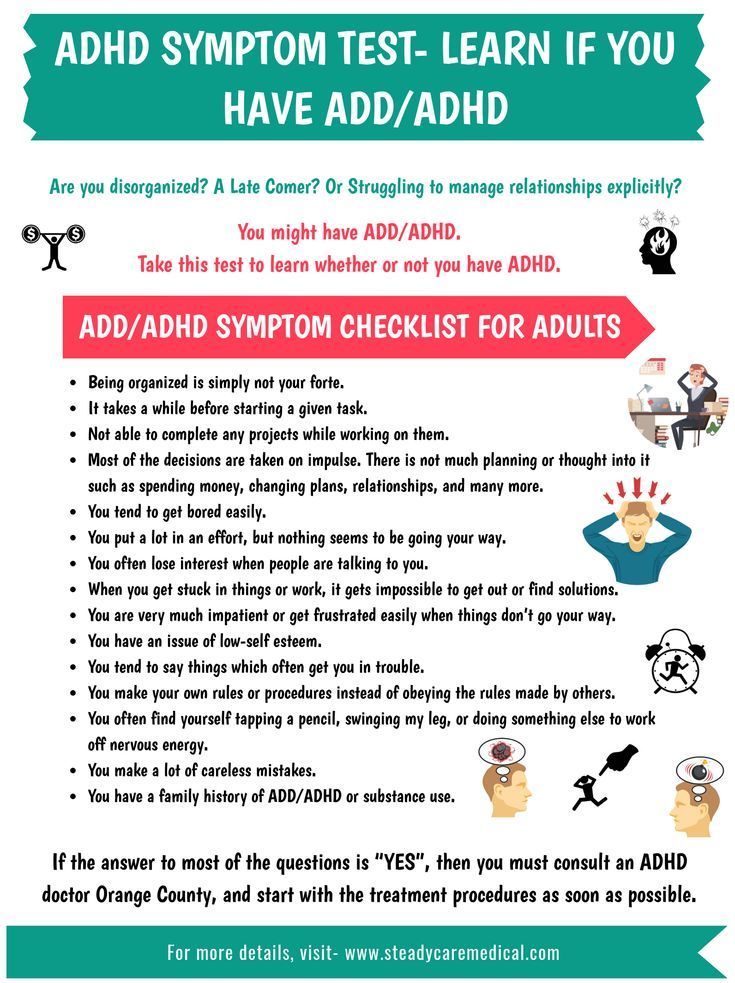 This theory has no scientific confirmation and is associated with the age factor. Since autism spectrum disorders are usually diagnosed around the age of three years, which coincides with the period of vaccination. It has been scientifically proven that there is no link between vaccination and the development of autism.
This theory has no scientific confirmation and is associated with the age factor. Since autism spectrum disorders are usually diagnosed around the age of three years, which coincides with the period of vaccination. It has been scientifically proven that there is no link between vaccination and the development of autism.
Diagnosis of autism
Neural connections at an early age are more flexible and more amenable to therapy, treatment will be more effective and less expensive. That is why early diagnosis and an adequate diagnosis are so important. Several specialists take part in the diagnosis of ASD: a psychiatrist, a neurologist, a psychologist, and a pediatrician. Children at risk (those who have experienced birth trauma, who were born prematurely, who are not gaining weight well) are recommended to be screened every six months. In making a diagnosis, specialists primarily rely on symptoms. If you notice any violations or factors that worry you, you should seek the advice of a specialist.